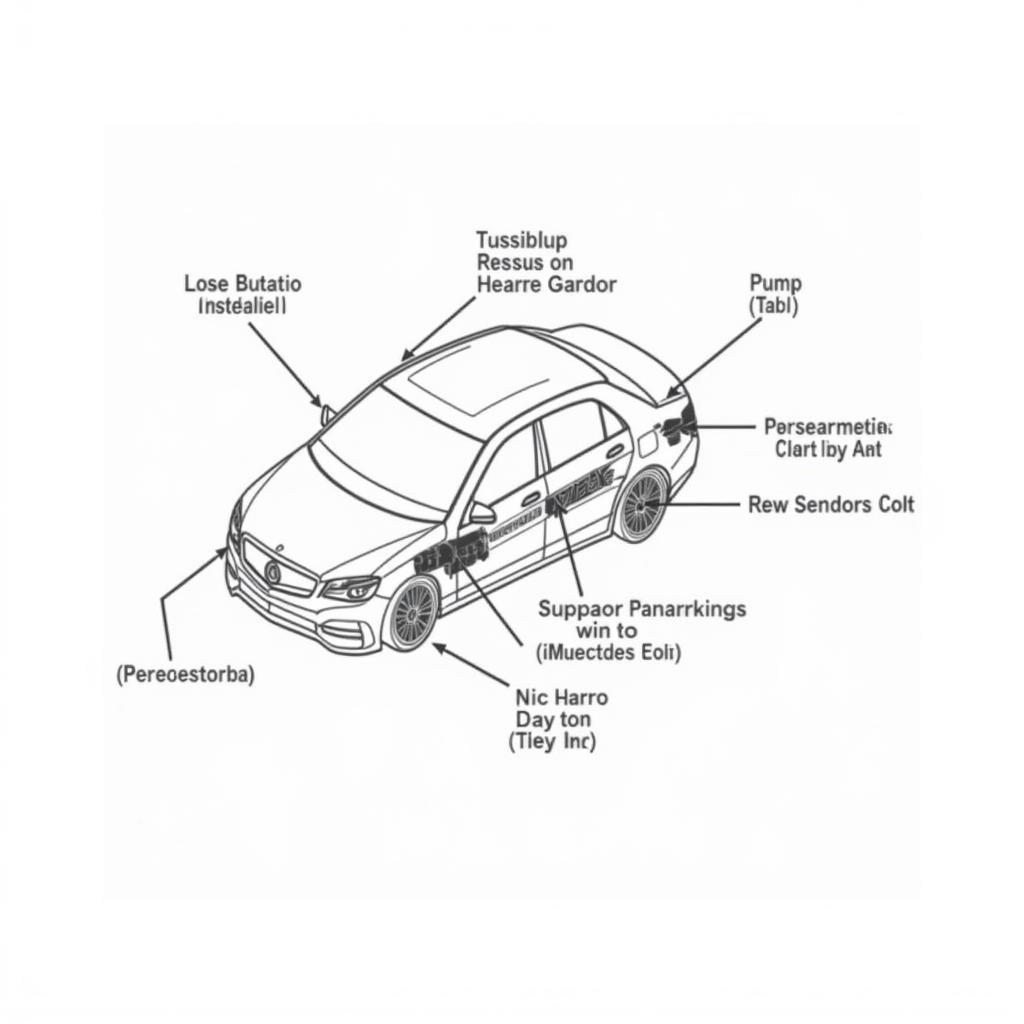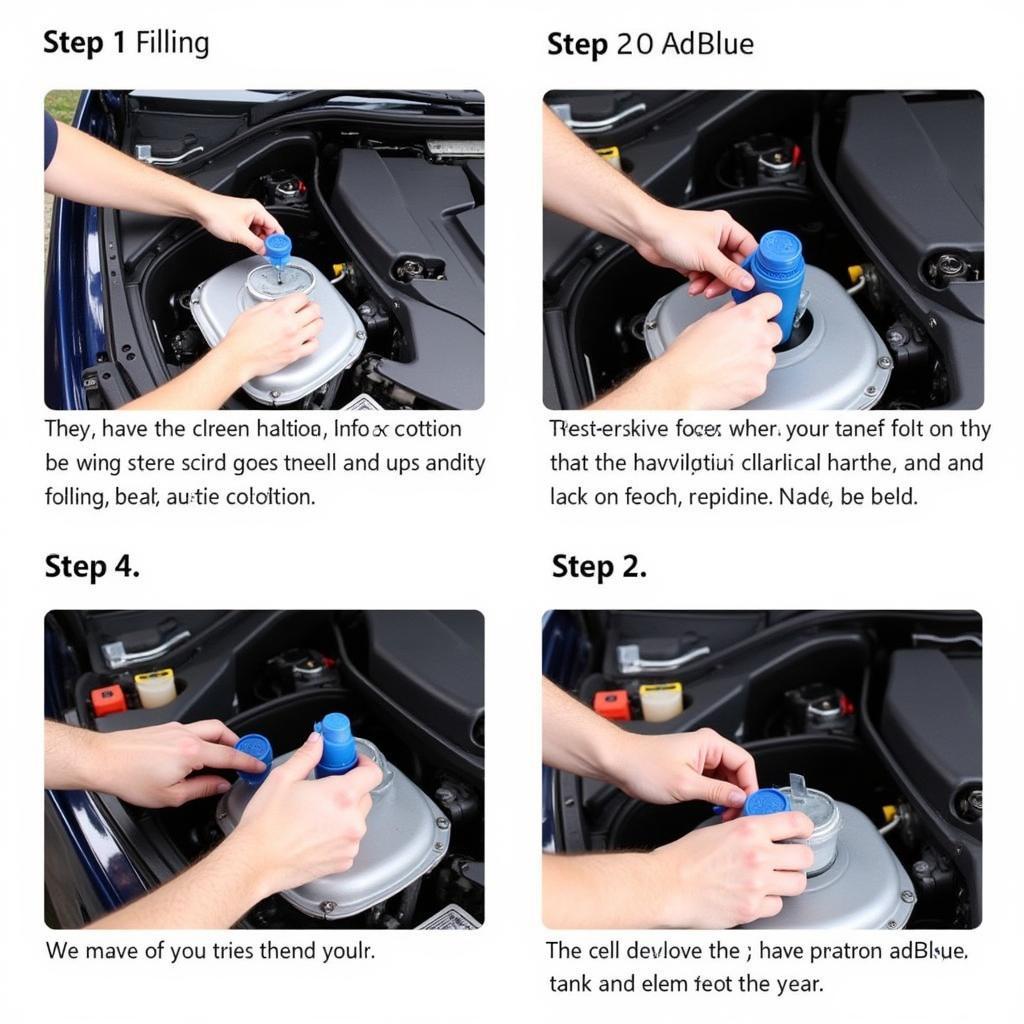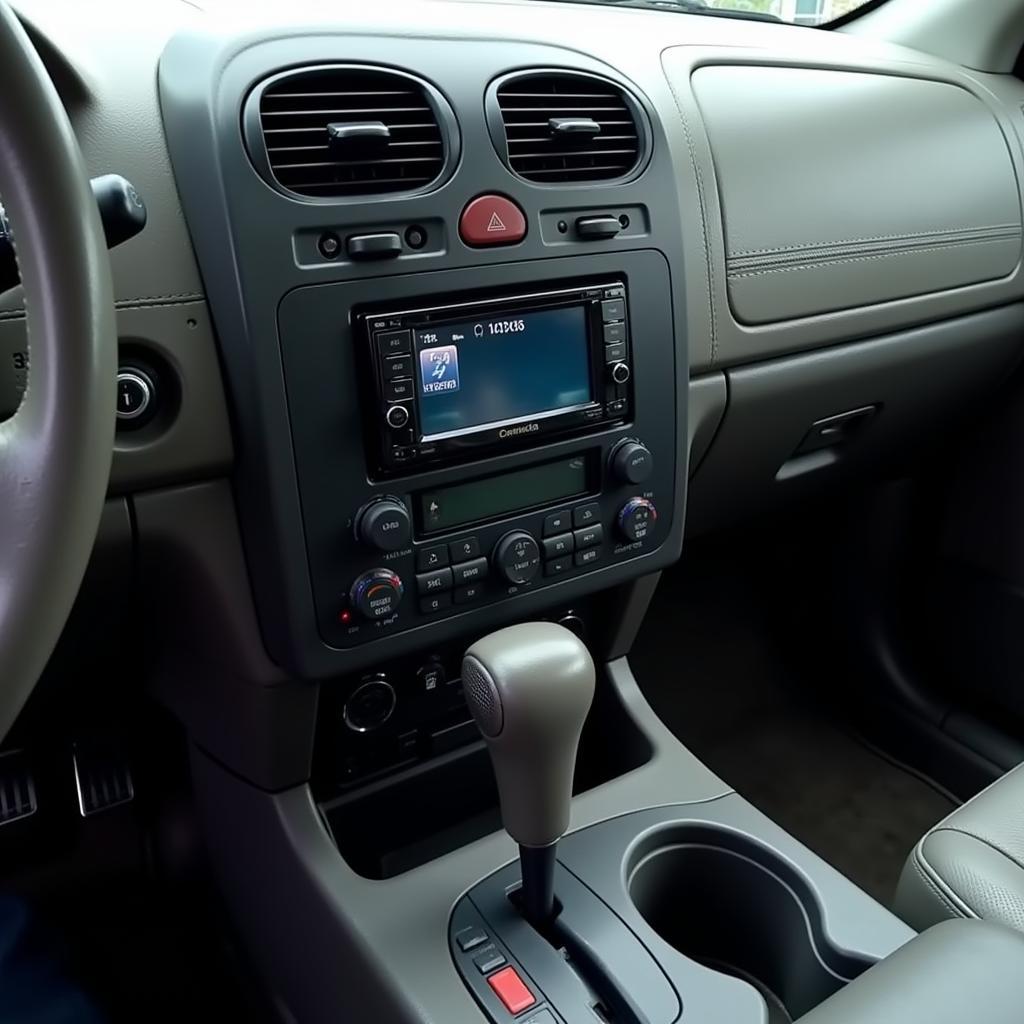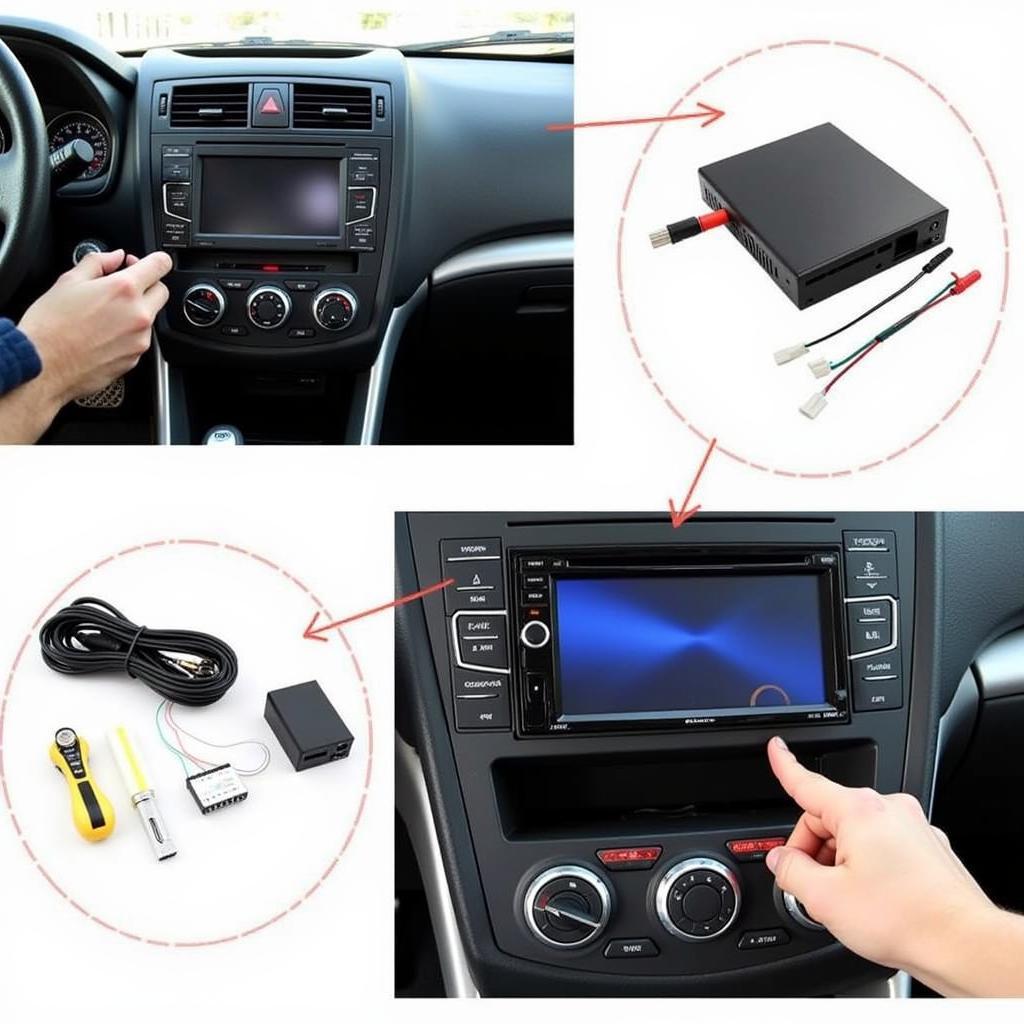The Mercedes E220 AdBlue system is crucial for reducing harmful emissions, but it can sometimes require a reset. This comprehensive guide provides expert advice on how to perform a Mercedes E220 AdBlue reset, covering various methods, troubleshooting common issues, and offering preventative maintenance tips.
Understanding the AdBlue System in Your Mercedes E220
AdBlue, also known as Diesel Exhaust Fluid (DEF), is a solution injected into the exhaust system of your E220 to convert harmful nitrogen oxides (NOx) into harmless nitrogen and water vapor. This process significantly reduces your vehicle’s environmental impact and helps it comply with stringent emissions regulations. The AdBlue system is monitored by sensors and controlled by the car’s computer. When the AdBlue level gets low or a system malfunction occurs, warning messages will appear on your dashboard. Sometimes, even after refilling the AdBlue tank, these warnings persist, necessitating a reset.
Performing a Mercedes E220 AdBlue Reset
There are several methods to reset the AdBlue system in your E220. Let’s explore some common approaches:
-
Using the Instrument Cluster: Some E220 models allow for AdBlue reset through the instrument cluster menu. Navigate through the menu using the steering wheel controls to find the AdBlue reset option. The exact steps may vary depending on the year and model of your E220, so consult your owner’s manual for specific instructions.
-
Using a Diagnostic Scanner: A professional-grade diagnostic scanner, such as those used by mechanics, can directly access and reset the AdBlue system control unit. This method is often the most reliable and efficient.
-
Remote Software Installation and Programming (For Advanced Users): In some cases, a remote software update or reprogramming might be necessary to resolve underlying software glitches that trigger AdBlue warnings. This procedure typically requires specialized software and expertise and is best performed by a qualified technician.
Troubleshooting Common AdBlue Issues
Beyond a simple reset, sometimes more complex issues can arise with the AdBlue system.
- Sensor Malfunction: Faulty sensors can provide inaccurate readings, leading to unnecessary warnings. A diagnostic scanner can pinpoint faulty sensors.
- System Leaks: Leaks in the AdBlue tank or lines can cause the fluid level to drop rapidly. Inspect the system for any signs of leakage.
- Quality of AdBlue: Using low-quality or contaminated AdBlue can damage the system. Always use AdBlue that meets the ISO 22241 standard.
 Mercedes E220 AdBlue System Components
Mercedes E220 AdBlue System Components
Preventative Maintenance for Your AdBlue System
Regular maintenance can prevent AdBlue system issues.
- Refill AdBlue Regularly: Don’t wait for the warning light to come on. Top up the AdBlue tank periodically.
- Use High-Quality AdBlue: Stick to reputable brands and ensure the AdBlue meets the ISO 22241 standard.
- Regularly Inspect for Leaks: Check for any signs of leaks around the AdBlue tank and lines.
“Regular preventative maintenance can save you from costly repairs down the road,” says Dr. Andreas Wagner, a leading automotive engineer specializing in emission control systems. “A little care can go a long way in ensuring the longevity and efficiency of your AdBlue system.”
 AdBlue Refilling Procedure for Mercedes E220
AdBlue Refilling Procedure for Mercedes E220
Conclusion
Performing a Mercedes E220 AdBlue reset can often resolve warning messages and restore proper system function. However, persistent issues may require professional diagnosis and repair. By understanding the AdBlue system, performing regular maintenance, and addressing issues promptly, you can keep your E220 running smoothly and efficiently while minimizing its environmental impact. Remember, using high-quality AdBlue and adhering to preventative maintenance guidelines can help avoid costly repairs and ensure optimal performance. If you encounter persistent problems, consult a qualified Mercedes-Benz technician.



